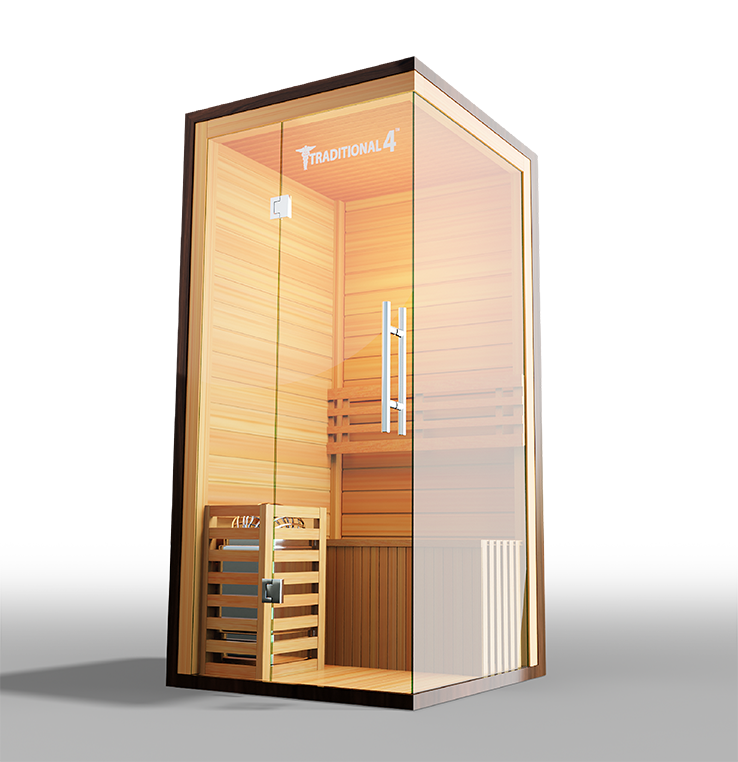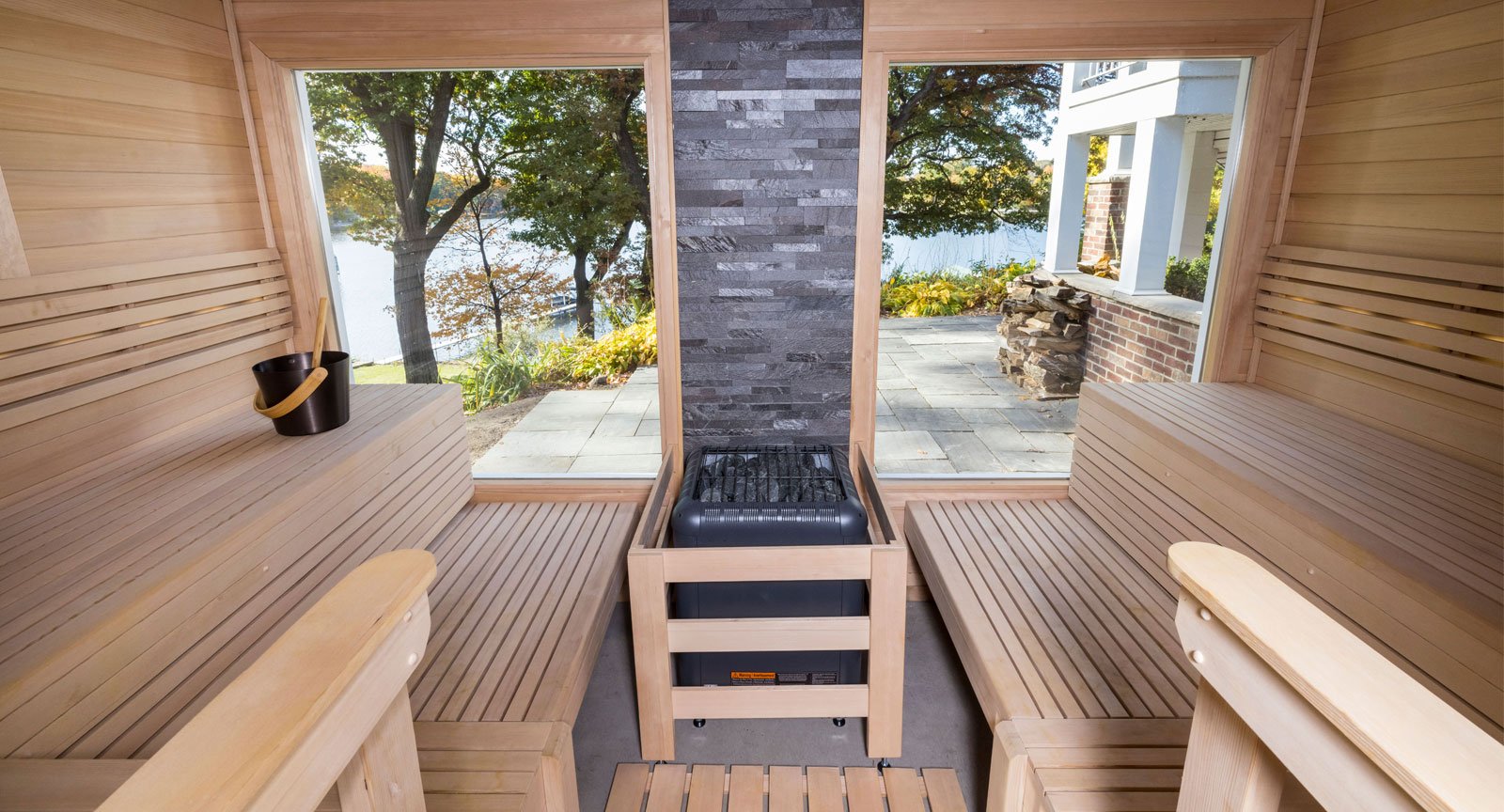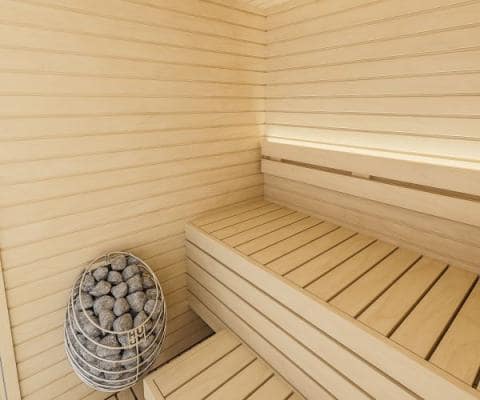Traditional Sauna Things To Know Before You Get This
Traditional Sauna Things To Know Before You Get This
Blog Article
All About Traditional Sauna
Table of ContentsRumored Buzz on Traditional SaunaIndicators on Traditional Sauna You Need To KnowThe smart Trick of Traditional Sauna That Nobody is Discussing6 Easy Facts About Traditional Sauna ExplainedTraditional Sauna Fundamentals Explained
Most of the weight lost in a sauna is water loss and is re-gained upon rehydrating. Without an uncertainty sauna can be an essential component of a healthy weight loss program. To take a look at the differences between conventional and IR saunas, I will certainly divide these into verifiable, academic, and fabricated differences.Hence, the hottest point in the saunawhich is at the ceiling straight over the sauna heateris commonly between 185 and 190 F. Claims that a standard sauna goes beyond 200 F is merely not real and not applicable for electric saunas marketed in the US. The temperature for a far-infrared sauna is usually set in between 120 and 140 F; nevertheless, unlike the traditional sauna, the goal in and IR room is not to attain a high temperature level.
Due to this, the temperature level difference is nearly irrelevant, since excessive sweating results in both sauna types, however the technique of heating up the body is different. In an IR sauna the bather will feel warm and will certainly sweat a lot, yet at much reduced temperatures (Traditional Sauna). Therefore, if the goal is to spend longer durations of time in the sauna, the IR sauna is an excellent choice
When a standard sauna has actually been effectively heated up, the sauna walls are warm, the air temperature has accomplished established temperature and the rocks are incredibly warmed. As a fascinating side note, the heated walls and the rocks are giving off far-infrared heat, incorporated with the warmed air, to develop an "enveloping warm".
Traditional Sauna - Truths

When the high temperature level is accomplished, the components cycle on and off to maintain the high temperature level. A lot of traditional sauna individuals enjoy putting water over the rocks to produce vapor to raise sauna humidity degrees. The advantages of putting water over the rocks consist of: making the room more comfortable, dampening the nasal flows, and permitting the use of aromatherapy by mixing crucial oils with the water.

When the energy gets in the body, it triggers the body temperature level to increase and inevitably leads to sweat. In an infrared sauna it's vital for the emitters/heaters to stay on virtually frequently. Because there is no mass of rocks to preserve warm, the sauna will cool if the emitters shut down.
As mentioned over, the sauna bather in an infrared area intends to place himself before running emitters to obtain optimal take advantage of the look at these guys warmth. The heating time for the 2 areas can be extremely different, depending upon how the areas are used. For a traditional sauna, a bather must enable 30-40 minutes for the room to attain a preferred temperature and to appropriately pre-heat the rocks.
Traditional Sauna Things To Know Before You Get This
A well constructed sauna will normally achieve a temperature of 150-160 F in concerning 30-40 minutes. For hotter temperatures, the room might need to heat for a longer duration.

Typical saunas tend basics to be larger (therefore make use of more electrical power) than infrared saunas, although typical saunas are absolutely offered in one and two individual dimensions. For a two-person conventional sauna, 5x6 or 5x7 size is most prominent. The top bench can comfortably seat two or three people and is likewise enough time to exist down during the sauna session.
Indicators on Traditional Sauna You Need To Know
The ordinary price per kWH of electricity in the U.S. is roughly $0.11, so a 4.5 kW heater will certainly set you back approximately $.50 to run for one hour, if the heating system runs continually for one hour. Generally a sauna heating system will compete 75% of the first hour and 50% of succeeding hours on given that the aspects cycle once the set temperature is accomplished.

There is a hardly ever talked about distinction in the social experience in between the two rooms. While our society has actually shed several of the social advantage of the traditional sauna experience, it can be really socially satisfying (Traditional Sauna). From family time in the sauna, to heart-felt discussions with substantial others, to sauna partiesthe conventional sauna experience can lead to intimate socializing
Traditional Sauna for Dummies
A lot of greater end infrared spaces include tinted light therapy, noise systems and full-glass fronts.
Report this page